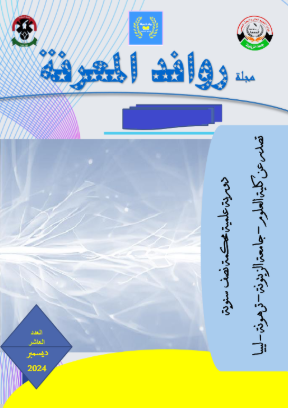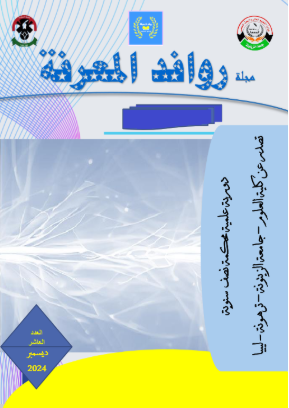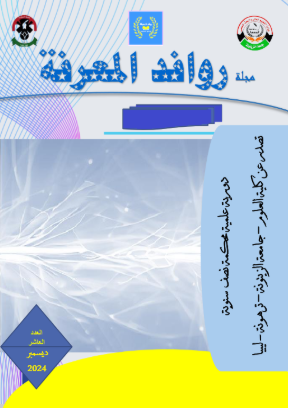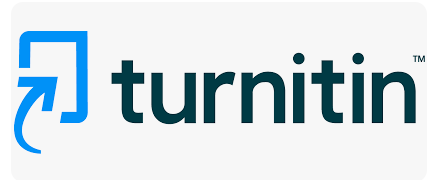Publication Ethics
Rawafed Al-Marefa Journal adheres to the highest standards of academic integrity and publishing ethics, and is keen to apply the following:
- Prevent plagiarism and adhere to scientific honesty by committing that all submitted research will be screened using plagiarism detection software.- Respect copyright and intellectual property.- Ensure transparency and impartiality in arbitration and publication processes.- Treat all authors and researchers fairly and without discrimination.- Adhere to a clear policy to deal with cases of scientific manipulation or fraud.
The journal has its strict stance against data fabrication, falsification, and plagiarism.
- Commit to clarifying the actions that the journal will take when research misconduct is discovered or suspected, which may include communicating with the researcher's institution or withdrawing the research paper.
- Determining the permissible citation percentage (if any), emphasizing that the final decision is up to the editorial board and not only to the percentage, including self-plagiarism, i.e. republishing large parts of the researcher's previous works without properly referring to them.
- Require all authors to disclose or interpret any conflicts of interest (financial or non-financial) that may affect the results of the research. This policy includes editors and reviewers, who must also disclose any inconsistencies that may prevent them from providing an objective review.
- For research involving human participants, authors must provide proof that they have received informed consent from the participants. For research involving animals, evidence of compliance with standards for the care and use of animals in laboratories must be provided .
- Authors should include a "Data Availability Statement" in their research, explaining where and how the data can be accessed. This enhances the transparency and reproducibility of the search.
- Generative AI tools like ChatGPT cannot be considered a research author.
- Authors must transparently disclose their use of AI tools in writing research or data analysis, and identify which tool is used and how it is used.










